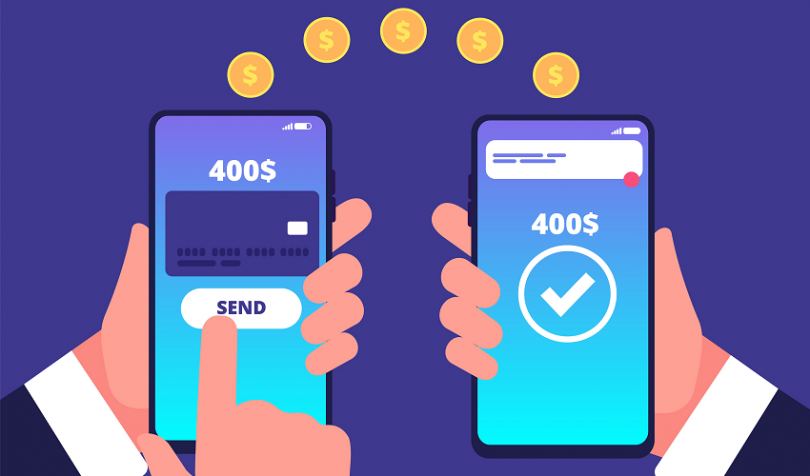Table of Contents
The realm of finance is in a perpetual state of transformation, driven by technological advancements and shifting consumer expectations. Digital payment trends have evolved significantly over the years, with 2023 promising to be a watershed moment for the industry. As we step into the new year, let’s explore the cutting-edge trends that are set to redefine the digital payment landscape.
1. Cryptocurrency Integration Gains Momentum
Cryptocurrencies have transcended from being a niche interest to a mainstream financial asset. In 2023, expect to see a surge in the acceptance and integration of cryptocurrencies in digital payment systems. Major players in the financial industry, from traditional banks to payment processors, are exploring ways to enable users to transact using cryptocurrencies.
2. Central Bank Digital Currencies (CBDCs)
Central banks worldwide are actively researching and developing their own digital currencies. These CBDCs aim to provide a stable and secure form of digital currency, directly regulated by the government. The introduction of CBDCs will have far-reaching implications for the digital payment industry, potentially reshaping the global financial landscape.
3. Biometric Authentication
User security remains paramount in digital payments. Biometric authentication methods, such as fingerprint recognition and facial recognition, are becoming more prevalent. These advanced security measures offer a higher level of protection and convenience, reducing the reliance on traditional passwords and PINs.
4. Buy Now, Pay Later (BNPL)
The BNPL model is revolutionizing the way consumers make online purchases. This trend, often facilitated by fintech companies, allows users to shop and pay for their purchases in interest-free installments. As a more flexible alternative to credit cards, BNPL is expected to gain further traction.
5. Voice-Activated Payments
The rise of smart speakers and virtual assistants has given birth to a new trend in digital payments – voice-activated payments. Users can now make transactions and purchases simply by using voice commands, making the process more intuitive and hands-free.
6. Decentralized Finance (DeFi)
DeFi continues to disrupt traditional financial systems. It allows users to engage in various financial activities, including lending, borrowing, and trading, without the need for intermediaries. DeFi platforms are anticipated to expand their offerings and attract a broader user base.
7. Internet of Things (IoT) Integration
As IoT devices become increasingly prevalent in our daily lives, they are also influencing digital payments. Your smart fridge might soon reorder groceries and make payments, while your connected car could handle parking fees and tolls, all autonomously.
8. Green Payments
The global shift toward environmental sustainability is reflected in digital payment trends. Companies are introducing “green payments,” where transactions are assessed based on their environmental impact. Eco-conscious consumers can now opt for payment options that align with their sustainability goals.
9. Peer-to-Peer Payments
Peer-to-peer (P2P) payments are not new, but they continue to evolve. P2P platforms offer more than just sending money to friends; they facilitate group payments, split bills, and even provide a platform for businesses to accept payments directly from customers.
10. Real-Time Payments
Traditional bank transfers can take days to complete, but real-time payments are gaining ground. These systems enable instantaneous transfers, enhancing the efficiency and speed of financial transactions.
11. Increased Regulatory Scrutiny
As the digital payment landscape matures, regulatory bodies worldwide are increasing their focus on the industry. New rules and standards are expected to emerge, aiming to enhance consumer protection, security, and the stability of digital payment systems.
12. Cross-Border Payments
Cross-border payments have historically been marred by high fees and slow processing times. Digital payment providers are working on solutions to make cross-border transactions faster, cheaper, and more accessible to a broader audience.
13. Quantum Computing Challenges
The potential arrival of quantum computing poses a significant security challenge to digital payments. Quantum computers could theoretically break current encryption methods, prompting the development of quantum-resistant encryption techniques to safeguard digital payment systems.
14. Enhanced Customer Experience
Digital payment providers are placing a strong emphasis on improving the overall customer experience. This includes personalized services, intuitive interfaces, and enhanced customer support, all geared toward increasing user satisfaction.
15. The Continued Rise of E-Wallets
E-wallets are becoming the go-to payment method for many consumers. These digital wallets are expected to expand their services, providing users with an all-in-one financial management solution, including savings, investments, and insurance options.
In Conclusion
The world of digital payment trends is in a state of rapid evolution. As technology advances and consumer preferences shift, the industry will continue to adapt and innovate. 2023 promises to be an exciting year, with a multitude of trends shaping the way we interact with money and conduct financial transactions. Stay tuned to witness these transformations and the new possibilities they bring.





